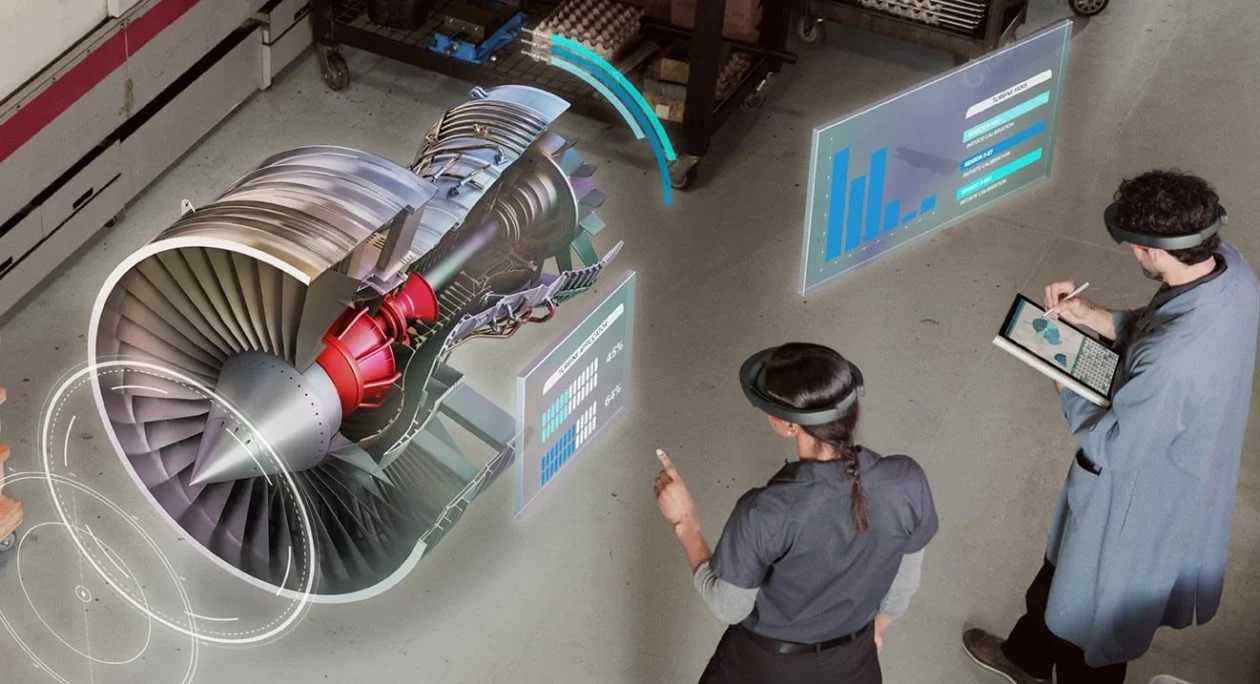
The Art of Translation
Have you ever been puzzled over why some translations sound just about right and others completely missed the point? The answer may lie within the intriguing world of translation theories. Today, it is time to explore the exciting contrasts between Chinese and Western approaches of translation. Whether you're a language freak or someone studying translation, or whether you want to get in touch with a Chinese translation agency or a competent translation service, this blog post is a great eye-opener to these orientation differences in bridging by which we fill some lacunae in languages and cultures.
The Roots of Translation Theory
Western Traditions
Western translation theory has its roots in ancient Greece and Rome. Scholars like Cicero and St. Jerome laid the groundwork for what would become a rich tradition of translation studies in the West. This tradition evolved over centuries, with key figures like John Dryden and Friedrich Schleiermacher contributing to the development of various translation methods and philosophies.
Chinese Foundations
In contrast, Chinese translation theory has a history that stretches back over two millennia. It began with the translation of Buddhist sutras into Chinese during the Han Dynasty (202 BCE - 220 CE). This early period saw the development of unique approaches to translation that were deeply influenced by Chinese philosophical and linguistic traditions.
Key Differences in Approach
1. Literal vs. Free Translation
Western Theory: Often emphasizes a spectrum between literal (word-for-word) and free (sense-for-sense) translation.
Chinese Theory: Traditionally favors a more holistic approach, focusing on capturing the essence and spirit of the original text.
2. The Role of the Translator
In Western theory, there's often a debate about the visibility of the translator. Some argue for a "transparent" translation where the translator's presence is minimized, while others advocate for more visible intervention.
Chinese theory, on the other hand, has historically viewed the translator as a cultural mediator. The concept of "Hua" (化) in Chinese translation theory suggests that the translator should transform the text to make it accessible to the target audience.
3. Cultural Adaptation
"To translate is to betray." - Italian proverb
This saying highlights a key challenge in translation: the difficulty of perfectly conveying meaning across languages and cultures.
Western Approach: Often strives for equivalence, trying to find the closest natural equivalent of the source language message.
Chinese Approach: More readily accepts the need for cultural adaptation, sometimes even rewriting portions of the text to suit the target audience's cultural context.
The Impact of Philosophy and Worldview
Western Individualism vs. Chinese Collectivism
Western translation theory often reflects the individualistic nature of Western societies, focusing on accuracy and fidelity to the original text. In contrast, Chinese translation theory is influenced by a more collectivist worldview, emphasizing harmony and the overall impact of the translation on the reader.
The Influence of Linguistic Structures
The vast differences between Chinese and Western languages also play a role in shaping translation theories:
Chinese is a tonal, character-based language with a very different grammar structure from most Western languages.
This fundamental difference has led to unique challenges and solutions in Chinese translation theory, particularly in dealing with concepts that may not have direct equivalents.
Modern Convergence and Professional Practice
In today's globalized world, the lines between Chinese and Western translation theories are becoming increasingly blurred. Professional translation services, including Chinese translation agencies, often adopt a hybrid approach that combines the best of both worlds.
The Role of Technology
With the advent of machine translation and AI, both Chinese and Western translation practices are evolving. However, the cultural insights and nuanced understanding that human translators bring remain invaluable, especially for complex or culturally sensitive texts.
A Balanced Approach
Many professional translators today strive for a balance:
Maintaining the integrity of the original text
Ensuring cultural appropriateness for the target audience
Preserving the author's style and intent
Adapting to the specific needs of the translation project
Conclusion
The difference between translation theories of Chinese or Western thought may be simply a matter of open recognition from some academics-the sort of knowledge that will go very far in the distance to inform someone working globally. If you work with a translation agency in China or seek professional translation services, this understanding will come in handy when making informed decisions regarding your translation needs.
Then, as we move forward in a world where it is becoming connected, it becomes necessary to bridge ever more importantly the linguistic and cultural divide through the time-honored traditions of both Chinese and Western schools of translation theory.
This means that translation itself is not merely changing words from one language to another but transferring meanings, feelings, and cultural contexts. By collecting understanding about how people differ in their attempts to translate, we can better understand the rich and complex nature of language and culture and even work towards some better and more effective global communication.
If you are a language professional, a business owner wanting to reach new markets, or just someone fascinated with the details of language, then translation theory is a field that energizes one with the possibilities of many more knowledge enrichment processes. The next time you read a work that has been translated or get to work with a translation service, do pause a moment and think about the generations of thought and theory that have gone into making that cultural bridge possible.





Write a comment ...